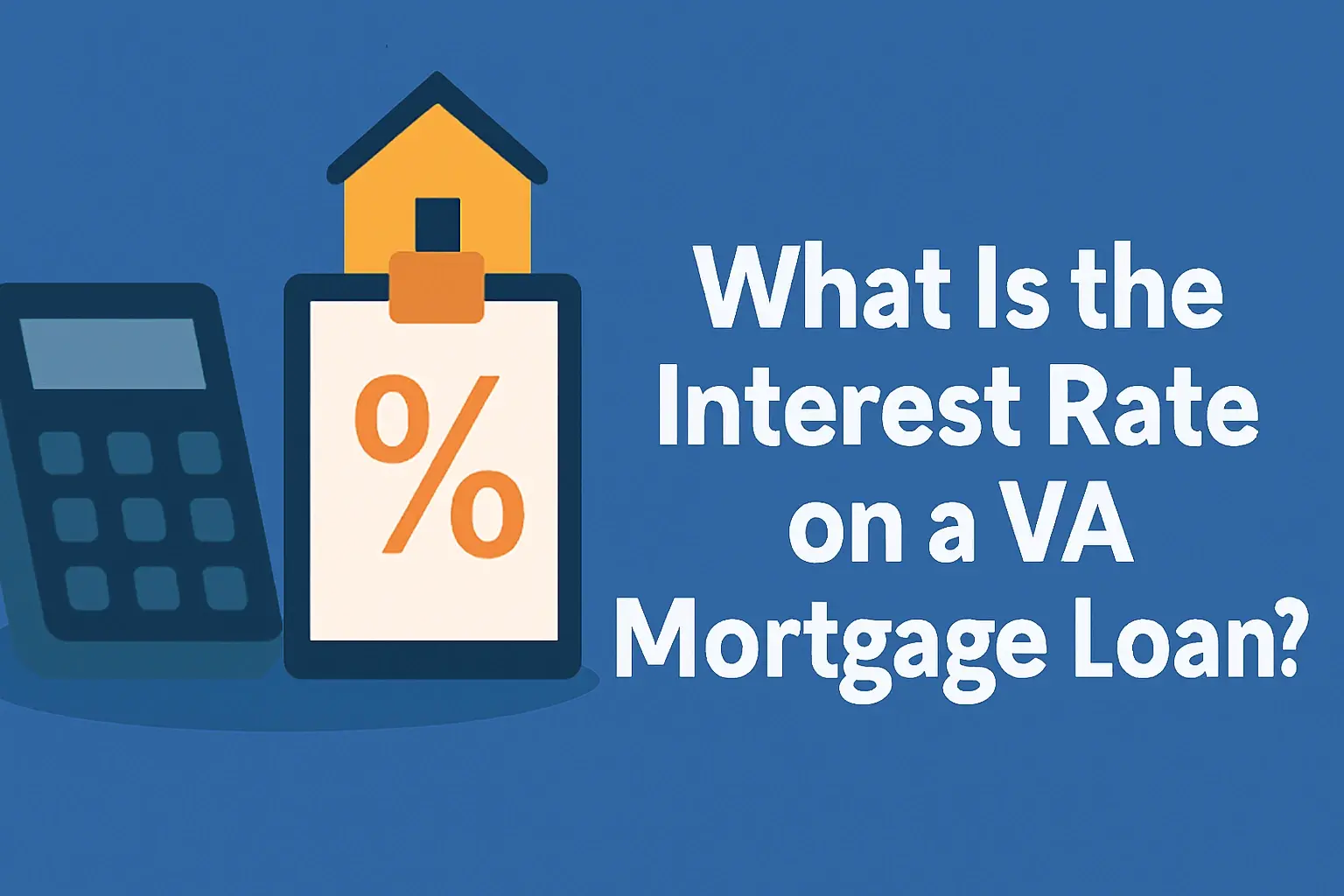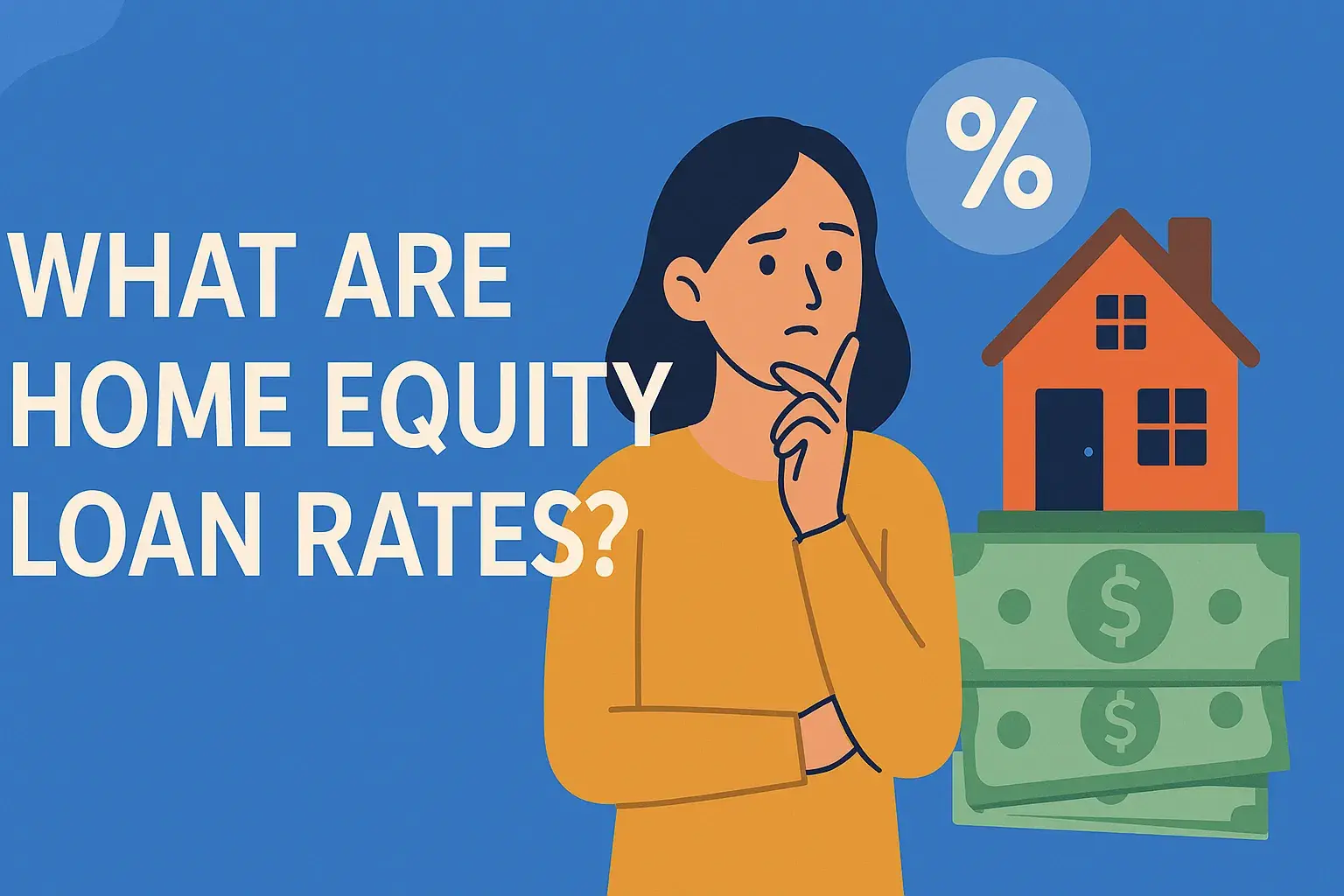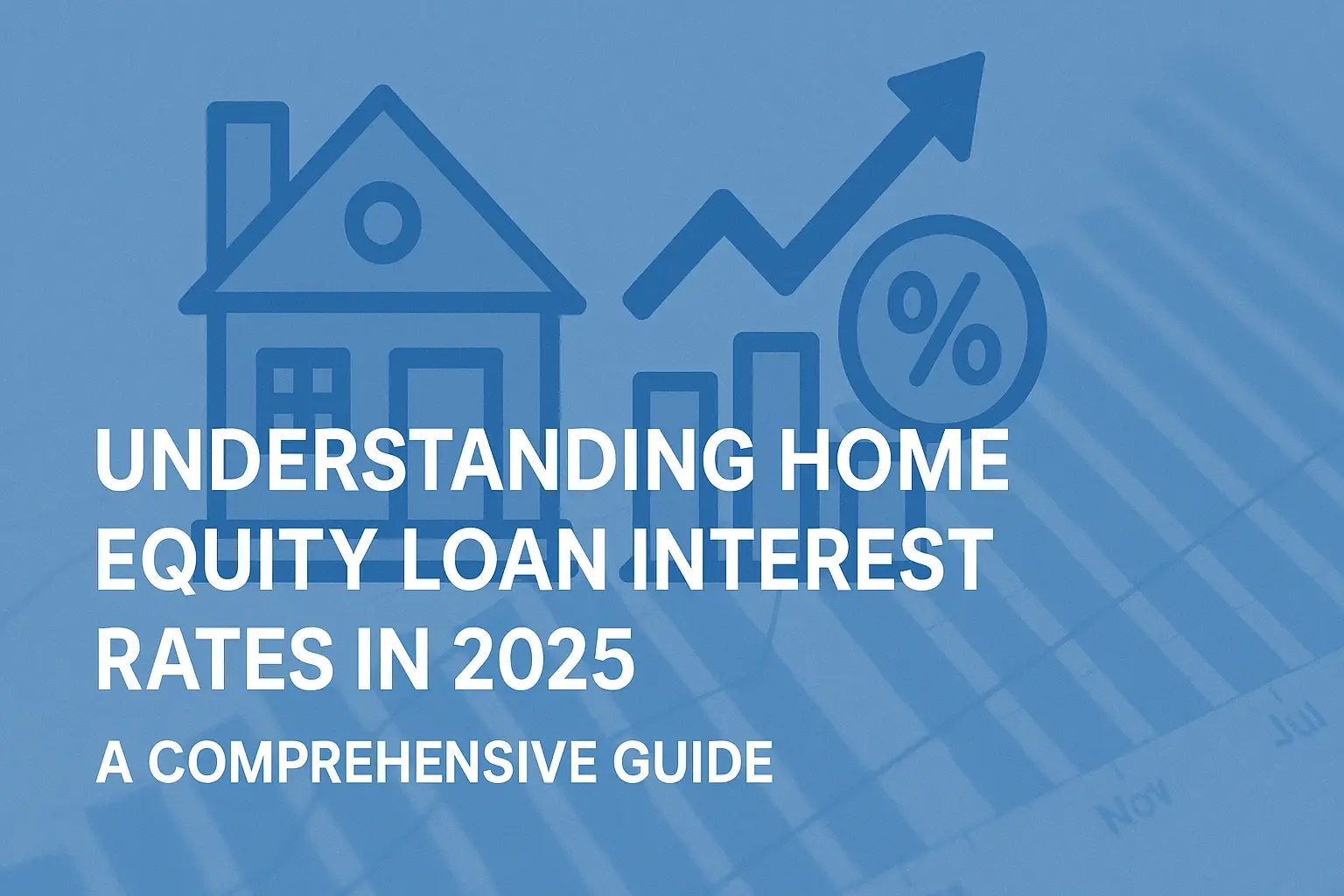-
Posted on: 30 Jul 2024
-
Taking out a loan is a big decision. Understanding your monthly payments is crucial for budgeting and financial planning. This guide will break down how to calculate your payments on a $15,000 loan and the factors that influence them.
Understanding Loan Payments: The Key Factors
Determining your monthly payment on a $15,000 loan involves several key factors. Understanding these elements is essential for making informed financial decisions.
1. Loan Amount: The Principal
The loan amount, in this case, $15,000, is the principal you're borrowing. This is the base upon which interest is calculated.
2. Interest Rate: The Cost of Borrowing
The interest rate is the percentage charged by the lender for borrowing the money. It's usually expressed as an Annual Percentage Rate (APR). The lower the interest rate, the less you'll pay overall. Your credit score significantly influences the interest rate you'll receive. A higher credit score generally translates to a lower interest rate.
3. Loan Term: The Repayment Period
The loan term is the length of time you have to repay the loan, typically expressed in months or years. Shorter terms mean higher monthly payments but less interest paid overall. Longer terms mean lower monthly payments but more interest paid over the life of the loan.
4. Credit Score: Your Financial Reputation
Your credit score plays a huge role in the interest rate lenders are willing to offer you. A good to excellent credit score (typically 670 or higher) will qualify you for better rates compared to a fair or poor credit score.
5. Fees and Other Charges
Some loans may include origination fees, application fees, or prepayment penalties. These fees can impact the overall cost of the loan. Always read the loan agreement carefully to understand all associated fees.
Calculating Your Monthly Payment: The Formula and Example
The most common way to calculate your monthly loan payment is using the following formula:
M = P [ i(1 + i)^n ] / [ (1 + i)^n – 1]
Where:
- M = Monthly Payment
- P = Principal Loan Amount ($15,000)
- i = Monthly Interest Rate (Annual Interest Rate / 12)
- n = Number of Months (Loan Term in Years * 12)
Example Calculation: $15,000 Loan
Let's say you take out a $15,000 loan at a 6% annual interest rate for a 5-year term (60 months). Here's how to calculate your monthly payment:
- P = $15,000
- i = 6% / 12 = 0.005
- n = 5 years * 12 months/year = 60 months
M = $15,000 [ 0.005(1 + 0.005)^60 ] / [ (1 + 0.005)^60 – 1]
M = $15,000 [ 0.005(1.005)^60 ] / [ (1.005)^60 – 1]
M = $15,000 [ 0.005(1.34885) ] / [ 1.34885 – 1]
M = $15,000 [ 0.006744 ] / [ 0.34885]
M = $15,000 [0.01933]
M = $287.84
Therefore, your estimated monthly payment would be approximately $287.84.
Impact of Interest Rate and Loan Term
The Effect of Interest Rate
Even a small difference in the interest rate can significantly impact the total amount you pay over the life of the loan. Let's compare a 6% interest rate with an 8% interest rate on a $15,000 loan with a 5-year term:
- 6% Interest: Monthly payment of approximately $287.84. Total amount paid over 5 years: $17,270.40. Total interest paid: $2,270.40.
- 8% Interest: Monthly payment of approximately $304.19. Total amount paid over 5 years: $18,251.40. Total interest paid: $3,251.40.
As you can see, the 2% increase in interest results in paying an extra $981 in interest over the 5-year term.
The Effect of Loan Term
The loan term also dramatically affects your monthly payments and the total interest paid. Let's compare a 3-year term with a 5-year term on a $15,000 loan at a 6% interest rate:
- 3-Year Term (36 Months): Monthly payment of approximately $456.36. Total amount paid over 3 years: $16,428.96. Total interest paid: $1,428.96.
- 5-Year Term (60 Months): Monthly payment of approximately $287.84. Total amount paid over 5 years: $17,270.40. Total interest paid: $2,270.40.
Choosing a shorter term (3 years) increases your monthly payment by about $168, but saves you around $841 in interest compared to the 5-year term.
Loan Options for a $15,000 Loan
Several loan options are available if you're looking to borrow $15,000. Here are some common choices:
1. Personal Loans
Personal loans are unsecured loans, meaning they don't require collateral. They can be used for various purposes, such as debt consolidation, home improvement, or unexpected expenses. Interest rates and terms vary based on your credit score and the lender.
2. Auto Loans
If you're buying a car, an auto loan is a secured loan where the vehicle serves as collateral. Interest rates on auto loans are generally lower than personal loans, especially for new cars.
3. Home Equity Loans
If you're a homeowner, you can borrow against the equity in your home. Home equity loans are secured loans with potentially lower interest rates. However, defaulting on the loan could put your home at risk.
4. Credit Union Loans
Credit unions often offer competitive interest rates and fees compared to traditional banks. Membership may be required to access their loan products.
5. Online Lenders
Numerous online lenders provide personal loans. These platforms often offer a quick application process and competitive rates. Compare rates and terms from multiple lenders to find the best deal.
Tips for Getting the Best Loan Terms
To secure the most favorable loan terms for your $15,000 loan, consider the following tips:
1. Improve Your Credit Score
A higher credit score can qualify you for lower interest rates. Check your credit report for errors and take steps to improve your score by paying bills on time, reducing debt, and avoiding new credit applications.
2. Shop Around for the Best Rates
Don't settle for the first offer you receive. Compare rates and terms from multiple lenders to find the most competitive option. Use online loan comparison tools to streamline the process.
3. Consider a Co-Signer
If you have a low credit score or limited credit history, a co-signer with good credit can increase your chances of approval and help you secure a lower interest rate.
4. Understand Loan Fees
Be aware of any fees associated with the loan, such as origination fees, prepayment penalties, or late payment fees. Factor these costs into your decision-making process.
5. Negotiate with the Lender
Don't be afraid to negotiate with the lender. If you've received a better offer from another lender, let them know. They may be willing to match or beat the offer to earn your business.
Using an Online Loan Calculator
Calculating loan payments by hand can be tedious. Fortunately, many free online loan calculators are available to simplify the process. These calculators typically require you to input the loan amount, interest rate, and loan term, and they will instantly calculate your monthly payment, total interest paid, and amortization schedule.
Example: Using a Loan Calculator
Imagine you found an online loan calculator. You enter the following information:
- Loan Amount: $15,000
- Interest Rate: 7%
- Loan Term: 4 years (48 months)
The calculator instantly shows you:
- Monthly Payment: $359.03
- Total Interest Paid: $2,233.44
Loan Amount: $15,000
Interest Rate: 7%
Loan Term: 4 Years
Estimated Monthly Payment: $359.03
Total Interest Paid: $2,233.44
Disclaimer: These figures are estimates. Actual loan terms and payments may vary based on creditworthiness and lender policies.
These tools are incredibly useful for comparing different loan scenarios quickly and easily. Remember to always double-check the results with the lender before committing to a loan.








